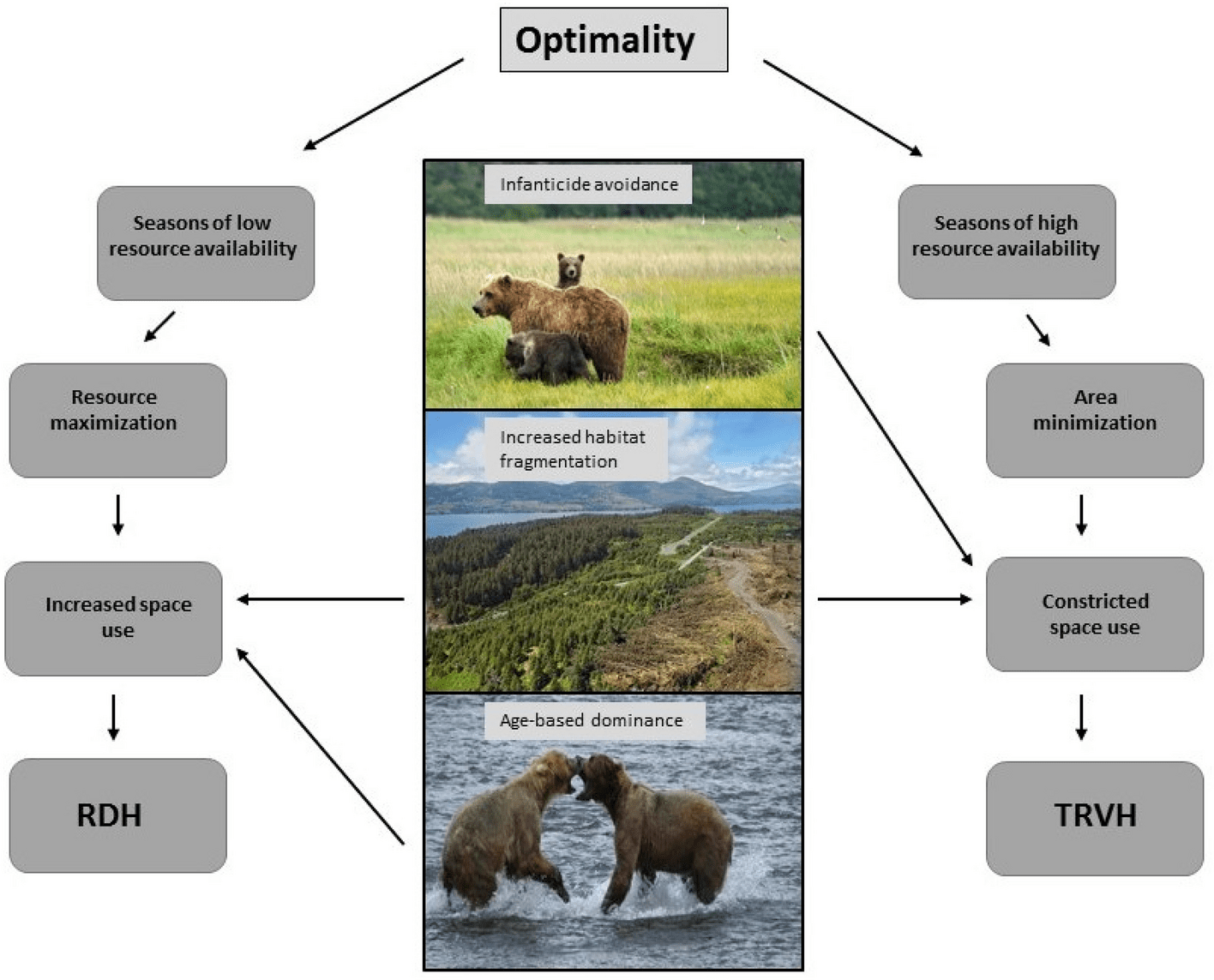The polar bear and the grizzly bear are two iconic predators known for their strength and dominance. While the polar bear is massive, transparent-coated, and adapted to the harsh Arctic environment, the grizzly bear weighs less, has a shaggy brown coat, and is found in North America’s forests and mountains. The polar bear is a carnivore and primarily feeds on marine mammals, while the grizzly bear is an omnivore that feeds on both meat and vegetation. Polar bears are threatened by climate change, while grizzly bears are listed as a species of “least concern.” Both are fascinating and awe-inspiring species with unique and effective hunting and survival strategies.
The Most Daring Predator: Polar Bear vs Grizzly Bear
When it comes to fierce predators of the animal kingdom, the Polar Bear and the Grizzly Bear are two of the most iconic species. While both of these magnificent creatures are known for their strength and dominance, they have evolved to thrive in very different environments. In this article, we will compare and contrast the characteristics and lifestyles of these two fascinating animals.
Physical Characteristics
The first notable difference in these two predators is their physical characteristics. The Polar Bear is a massive animal, with males weighing up to 1500 pounds, while the Grizzly Bear is smaller, with males weighing up to 800 pounds. The Polar Bear has a distinctive white coat, which is actually transparent, while the Grizzly Bear has a shaggy brown coat. The feet of the Polar Bear are webbed, which allows them to swim long distances, while the Grizzly Bear has larger claws which they use for digging and catching prey.
Diet and Hunting Habits
Another crucial difference between these two species is their diet and hunting habits. The Polar Bear is primarily a carnivore, feeding on seals and other marine mammals. They are incredibly skilled hunters, using their sharp teeth, strong jaws, and powerful limbs to catch their prey. While they are adept hunters on land, they are equally comfortable hunting in the water.
The Grizzly Bear, on the other hand, is an omnivore, feeding on both meat and vegetation. Their diet includes salmon, insects, berries, roots, and small mammals. They rely on their keen sense of smell to locate their prey and are known to travel great distances to find new food sources.
Habitat and Range
The Polar Bear and Grizzly Bear also have unique habitats and ranges. The Polar Bear is primarily found in the Arctic region, where they spend most of their lives on the sea ice. These bears are highly adapted to their harsh environment, with dense fur and layers of fat to insulate them from the cold. They are also excellent swimmers, capable of swimming for long distances without rest.
Grizzly Bears, on the other hand, are found in North America, ranging from Alaska and Canada to the lower 48 states. They typically live in forests and mountains, where they can find food and shelter. Unlike Polar Bears, Grizzly Bears are not good swimmers and will avoid water if possible.
Conservation Status
The conservation status of the Polar Bear and Grizzly Bear is also a significant difference. Polar Bears are listed as a threatened species due to the loss of their sea ice habitat caused by climate change. Their populations are declining, and estimates suggest that their numbers may decrease by up to two-thirds by mid-century.
Grizzly Bears, on the other hand, are listed as a species of “least concern” due to their relatively stable population. They are still hunted for sport and are threatened by habitat loss and fragmentation, but overall, their population remains healthy.
Conclusion
In conclusion, while the Polar Bear and Grizzly Bear are both apex predators, they have adapted to thrive in very different environments. The Polar Bear is a master of the Arctic seas, while the Grizzly Bear is a versatile forest and mountain predator. Both of these magnificent animals have evolved unique and effective strategies for hunting and survival, making them fascinating and awe-inspiring species.
